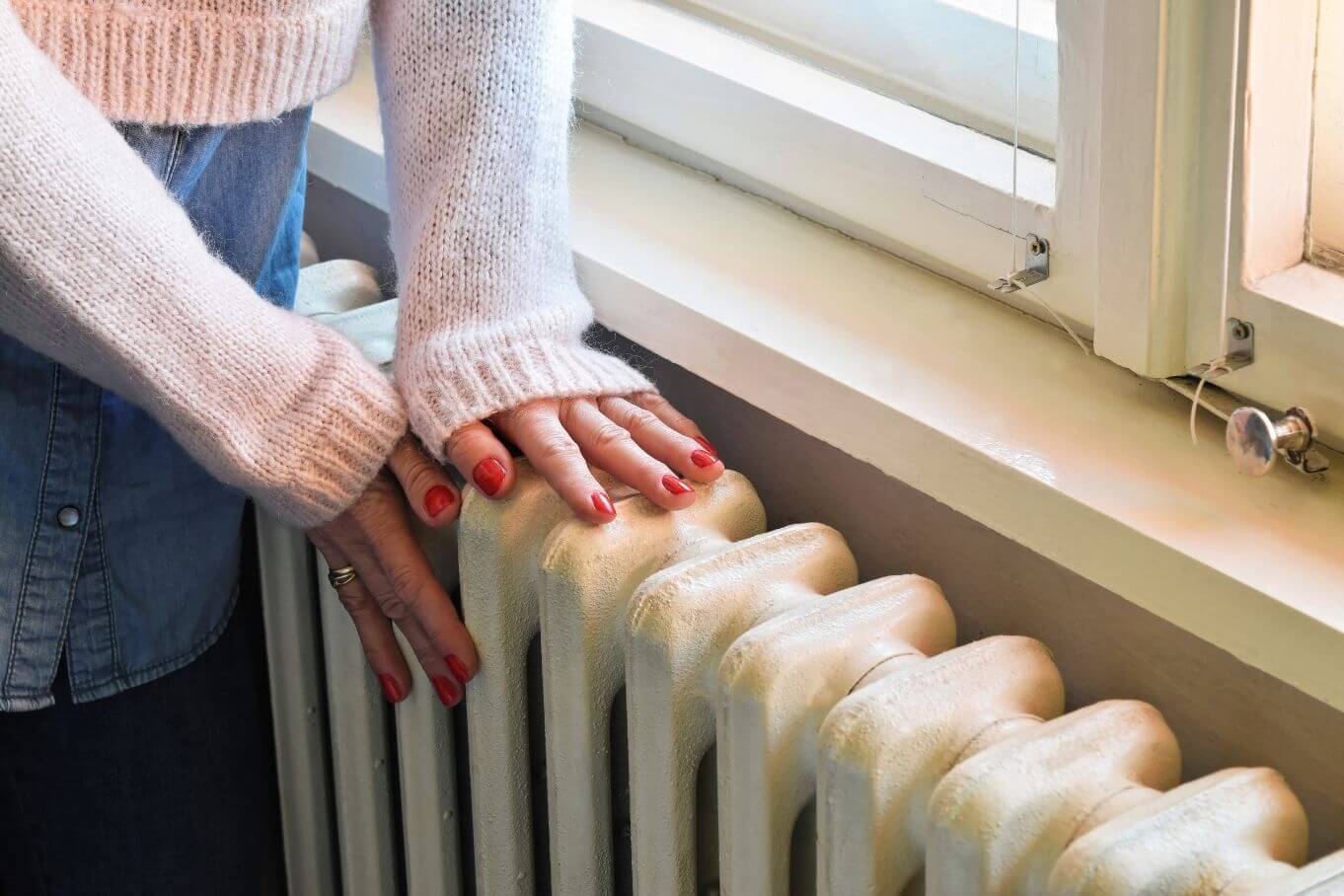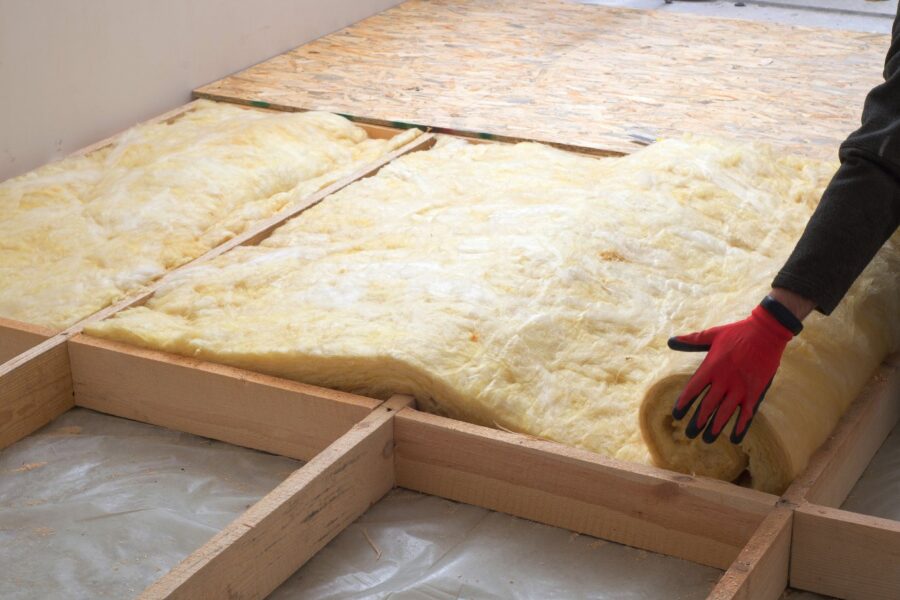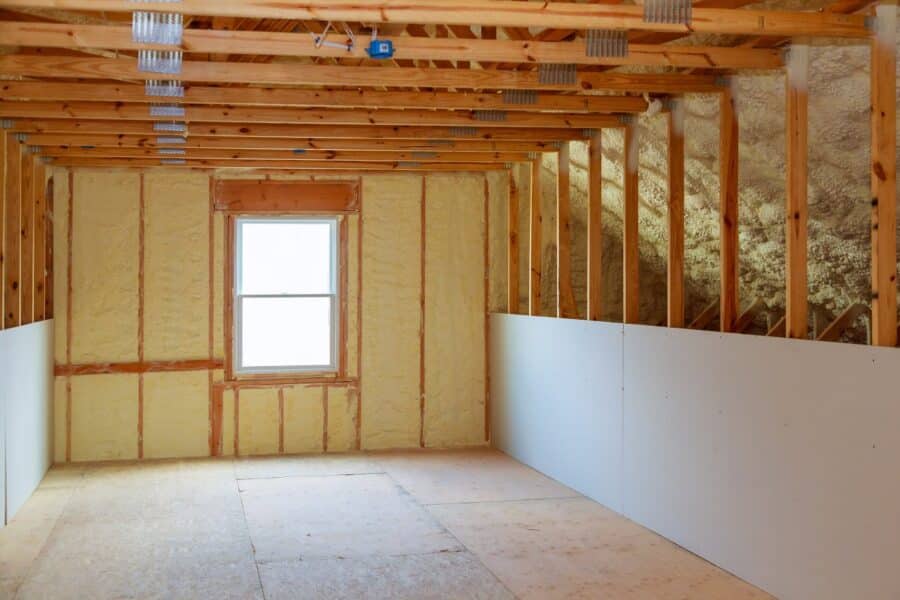While many people dream of the holidays, winter can be a challenging time for homeowners, as they must manage the effects of dropping temperatures. Wind chills and seasonal weather can significantly impact energy usage, which can reflect on monthly bills. Luckily, you can take the steps necessary to lower your utility bills. Here are the best tips for weatherproofing your home this winter that can help you fight the bitter cold.
Install Weatherstripping on Doors and Windows
Homes tend to lose the most heat during the winter, thanks to cracks and openings around doors and windows. By weatherstripping your residence, you can put an end to this concern and seal those pesky openings in window frames and door frames.
Make sure to weatherstrip all windows and exterior doors, especially those that lead to rooms you don’t frequent often.
Consider Applying Caulking To Seal Gaps and Cracks
Other areas of concern that can allow unwanted airflow are cracks in the home’s foundation and any gaps in the siding. Unfortunately, insulation can only do so much to alleviate the effects of this issue.
In this case, you can apply caulking to these areas to ensure that cold air and drafts don’t enter your abode. The best option for the job is a durable, UV-resistant, and weather-resistant exterior caulking material.
Ensure Your Heater Is Energy Efficient
Perhaps the most critical step of all is to ensure your heater is energy efficient. Older heating units don’t have the capability to convert energy into heat well, resulting in energy waste and higher utility costs. You might want to inspect your heater to ensure that it can efficiently utilize energy.
Modern units can save you up to 60 percent on your energy bills and improve efficiency by up to 95 percent, depending on which model you purchase.
Add Attic or Basement Insulation
While adding attic or basement insulation may be costly, it’s an essential step for ensuring that large amounts of heat don’t become lost through crawl spaces and attics. Now might also be a fantastic time to inspect all areas of your attic to identify any roof damage that could require an expert’s help.
Since your roof is your home’s first line of defense, cracks and damage in it can allow incredible amounts of drafts into your residence.
Seal Switches and Outlets
Did you know that a small fraction of air filtration occurs through wall outlets? Not many homeowners realize that sealing switches and outlets can serve a purpose other than baby-proofing an area. Executing this small step can prevent unwanted drafts and heat loss.
As the weather gets chillier, you may find yourself relying on your heater more often, which can increase the cost of your utility bills. Fortunately, you no longer have to withstand this seasonal inconvenience by weatherproofing your home this winter.



